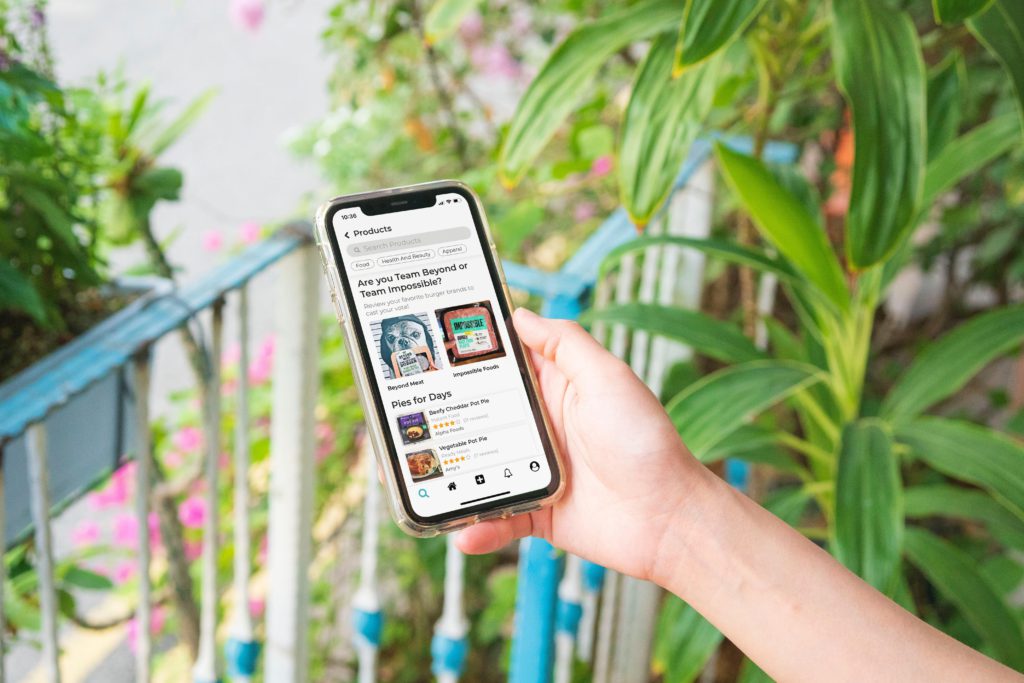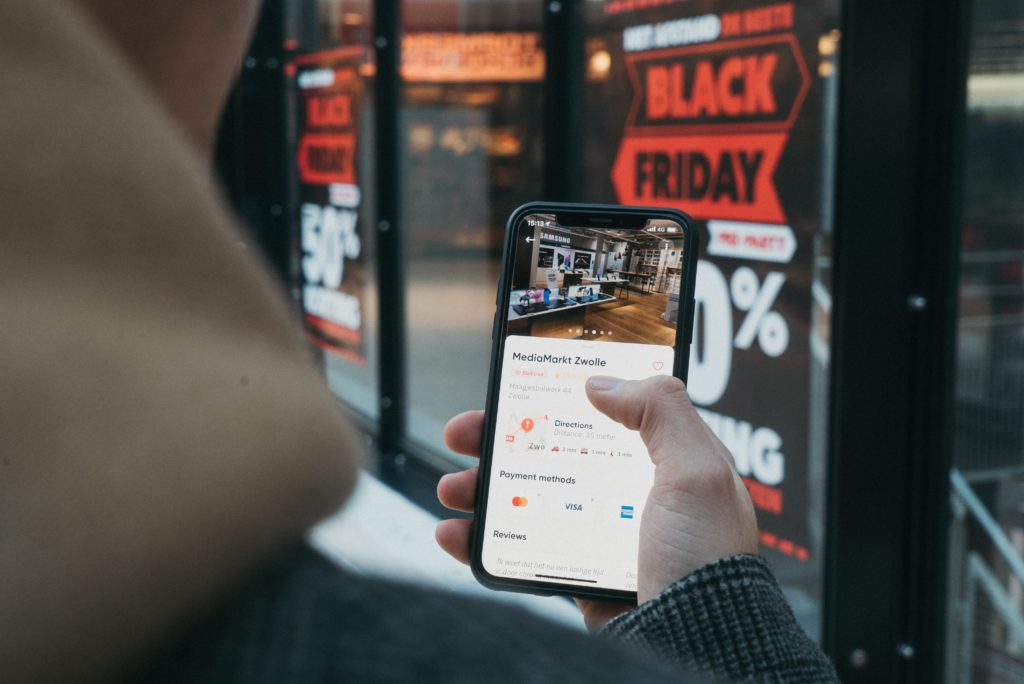In this post, I’ll discuss the importance of mobile app testing throughout product development, how to test mobile applications, what you should consider when deciding to test, and how to keep learning about testing.

Since their inception and more so every year, mobile apps have become the guide by which we live our lives.
If our phone is like our best friend, mobile apps are the sage advice and guidance that person provides us.
We seek out direction (both literally and figuratively) and they help us manage our health, time, money, relationships and dreams. But, they only stick by us if they meet our needs; our standards for mobile apps are exponentially high, forgiveness level low, and our patience for letting us down, non-existent. Apps have to work perfectly and load fast for their users to remain loyal friends and maybe, even customers.
How can we ensure that our apps are operating at maximum capacity and our “friends,” the users, are happy? Testing. The answer may seem obvious, but the importance of mobile app testing cannot be emphasized enough. Mobile testing is often left until the end of product development which can be a big mistake.
Why Is It Important to Test Your Mobile App?
Ask yourself how you decide whether or not you would download a certain app and there’s your answer! Like most users, you most likely check the ratings and reviews first. Ratings and reviews are the referrals we consult and trust. In a world where we share our opinions and ideas across platforms, continents and time zones, the need for positive comments and high reviews and ratings are directly linked to an apps’ survival.
According to Dimensional Research, around 90% of the consumers say that positive reviews influence their buying decisions.
By testing your app, you’ll make sure users get the best possible version and their ratings in the App or Google store will reflect this. Another reason for the importance of mobile app testing is that it allows developers to access user feedback in real time, ensuring satisfaction and the application’s success.
Satisfied users won’t uninstall your app and can even become paying customers if your business is based on a subscription model or in app purchases. New features keep users engaged while prompt bug fixes promise referrals and consumer confidence.
How Can You Test Your Mobile Application?
Manual Testing
Manual testing is a dedicated human process that will impact your development cycle through direct action via testing a mobile application. Imagine embarking on a Jack Kerouac ‘On The Road’ kind of road trip. In order to drive safely across the country, you would review your tire pressure, oil and fluid levels throughout the journey and would continuously check your cash flow to ensure you had enough coins for tolls. Manual testing relies on this kind of ongoing review.
With an application, you’re continually checking its functionality, reliability, security and usability. This is done by a person or team iteratively to catch any errors throughout the software development process, with the belief that through user-friendly testing, you will derive user-friendly results. As you can imagine, this approach is very time intensive.
Automated Testing
Most apps these days release builds monthly, while some are bi-weekly and even weekly. Test automation ensures efficiency by running ongoing tests for instantaneous feedback on any risks a release might pose. That road trip that you prepared so laboriously for and had to monitor throughout in manual testing would essentially prepare and monitor itself here, with the car automatically and continuously reviewing everything.
Automated tests are run every time an app’s source code is updated or you prepare a version for QA, making it extremely fast and efficient. Another benefit due to the consistent nature of the testing is that mobile developers receive real time notifications. This helps them address any problems in the code immediately, mitigating risk and assuring the app’s success.
What Should You Consider When Deciding How to Test?
Parameters Tested: Security, Functionality, Usability, and Performance
Security – Depending on the kind of app and the data and risk associated, it’s necessary to ensure access is protected, any data transmitted is encrypted, and validation of the fields that should be protected (like passwords) work.
Functionality – The app should be tested not only to validate the way it works, but also to confirm that it works as it was designed.
Usability – Validation of the app usability ensures it behaves the way the user expects. As suggested, this testing makes sure the application works as expected and designed and is an integral part of the QA process.
Performance – Mobile app performance refers to how well an app behaves on a mobile device under various circumstances and loads. Whether an app has good or bad performance depends on three combined factors: the backend, the network, and how the app itself runs on the device.
Mobile App Testing Challenges to Keep in Mind
Quick Rollouts – When a bug affects users and you urgently need to release fast but want to maintain the quality of the application.
Multi-Platform Compatibility – Devices come in different sizes and forms, the right mobile app testing plan will account for this so every improvement is seamlessly applied across the board.
Connectivity Modes – Mobile phones connect to the internet via WiFi, 4G, 5G, edge, etc. Applications must be tested in all modes (including when the user doesn’t have access to the internet) to guarantee proper application functioning and performance.
End-to-End Testing – Some applications require connection to remote services and end-to-end testing is critical in anticipating any failures that may occur.
Dark Mode – Various operating systems offer unique features that developers must consider, an example is ensuring their application works well in dark mode (iOS and now, Android too).
Different Screen Breakpoints – A breakpoint is the ‘point’ when content and design adapt to provide the best possible user experience.
Accessibility – Accessibility is about inclusion and consideration; you should think about a diverse audience and range of user needs and abilities when creating and testing mobile applications.
How Can I Keep Learning About Mobile Testing?
This was only the beginning! There’s still a lot to explore and familiarize yourself with when it comes to the importance of mobile application testing and how to get started. You can find engaging tutorials and resources here:
- Free Mobile App Testing Tutorial by Guru99
- Mobile Testing Tutorial by TutorialsPoint
- How to Test a Mobile App: A Beginner’s Guide by Pia Tobar
- Apptim’s Blog
Sign up for Apptim today and start testing your mobile app’s functionality and performance for free.
About the Author
Sebastián Cabrera has been working with UruIT since 2012. He’s an Information Technology Analyst and has broad experience as a developer in diverse technologies. In recent years, he’s been focused on mobile development with Xamarin.




Very Useful details, Thanks for Sharing